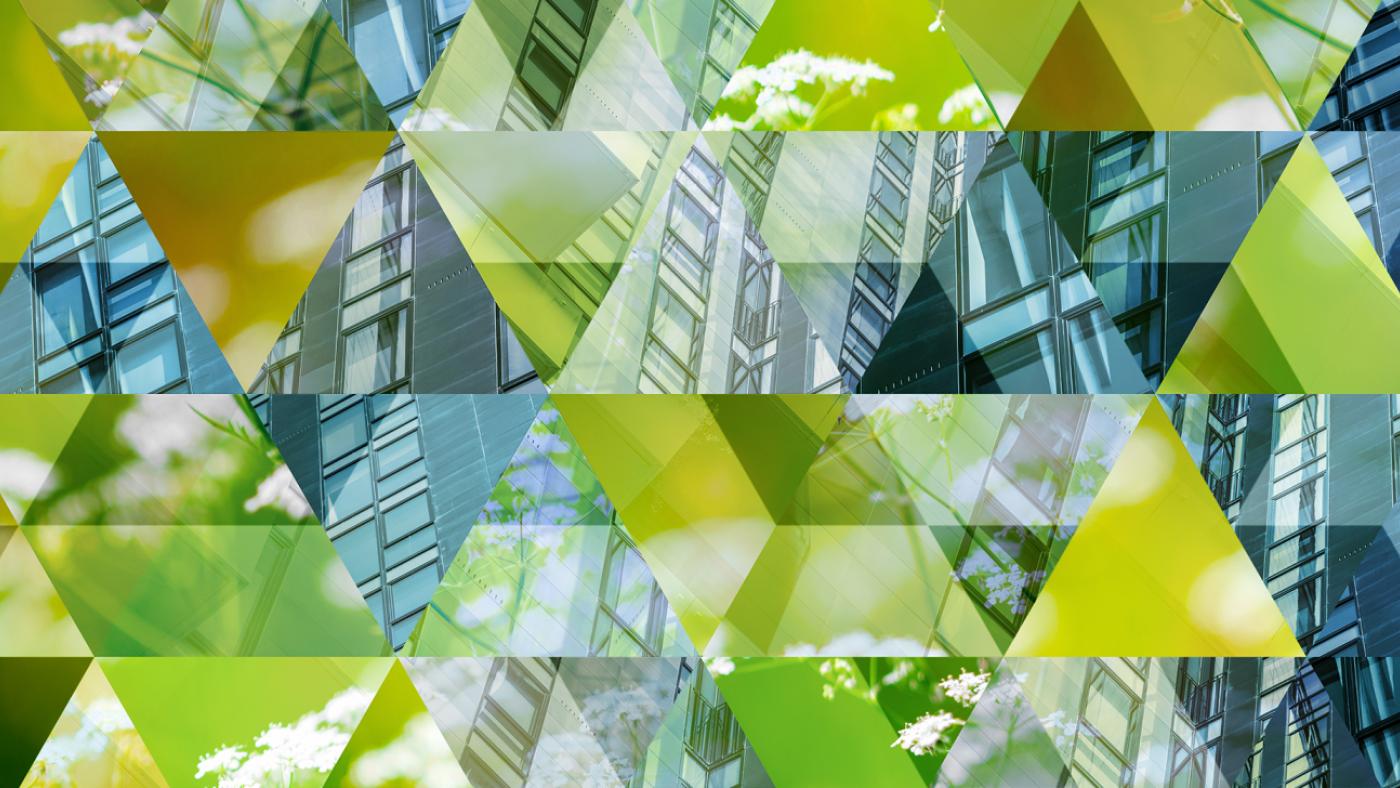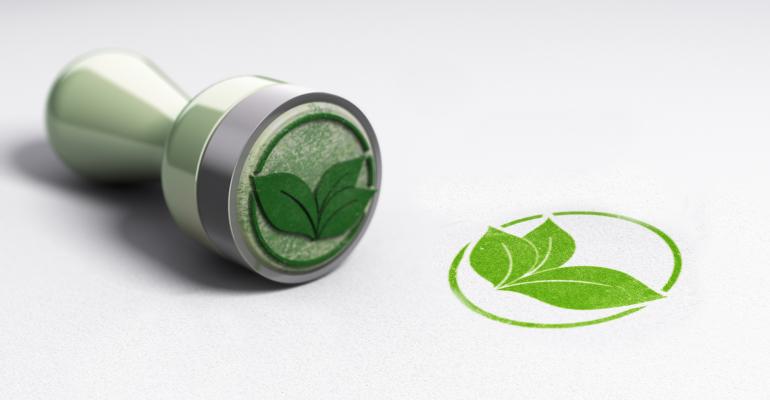A growing number of building owners are looking for a quantifiable green stamp of approval through industry certification programs such as Leadership in Energy & Environmental Design (LEED), EnergyStar, the WELL Building Standard and Building Research Establishment Environmental Assessment Method (BREEAM). As evidence of that growing demand, there are currently 75,547 LEED-certified commercial and residential buildings in the U.S.—about 85 percent of which have been certified in just the past decade, according to the U.S. Green Building Council.
“The LEED movement has been growing progressively and is frankly table stakes for many tenants that are leasing space and investors that are investing,” says Byron Carlock Jr., national partner and real estate practice leader at PwC. Buildings that are not LEED certified or don’t have a rating from the WELL Building Institute are at risk of becoming more difficult to lease, finance or attract investors. The key word in the discussion on sustainability is relevance for the future, adds Carlock. “The relevance question will continue to be monitored closely, which is why we are seeing an increased focus on reporting standards,” he says. PwC has a growing segment of the company devoted to ESG assurance audits and corporate social responsibility reports that are now being attached to financial statements. In Europe, that is a requirement, whereas in the U.S. such reporting is voluntary for now.
Four in 10 respondents report having pursued green building certifications for their properties, most commonly LEED (23 percent) and Energy Star (22 percent). Those doing so report an estimated mean 36 percent of their portfolio holds one or more green certifications. In addition to LEED and EnergyStar, industry participants also are reporting increased interest in WELL and Fitwel, which blend green building with health and wellness aspects. In, addition, there has been an uptick in demand for BREEAM.
“I was surprised at the 40 percent number,” says Tilden. The response to EnergyStar also was surprisingly low as EnergyStar is almost a “must have” that is widely used by portfolio managers for benchmarking and reporting. “It is probably the most fundamental of the green building certifications in the U.S,” he says.
Building material decisions can also affect green rating certification, with low-carbon structural materials contributing to overall certification scoring. “The environmental advantages of using wood products are recognized by most green building certification systems, but they vary in how wood use is credited. With two of the most well-known programs, LEED v4 and Green Globes v1.4, it is possible to earn 8 to 10 percent of potential credits through substantial use of wood in construction,” says Ryan Flom, chief marketing officer of the Softwood Lumber Board.


